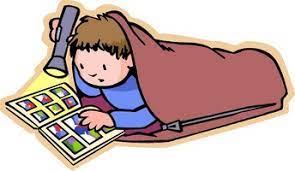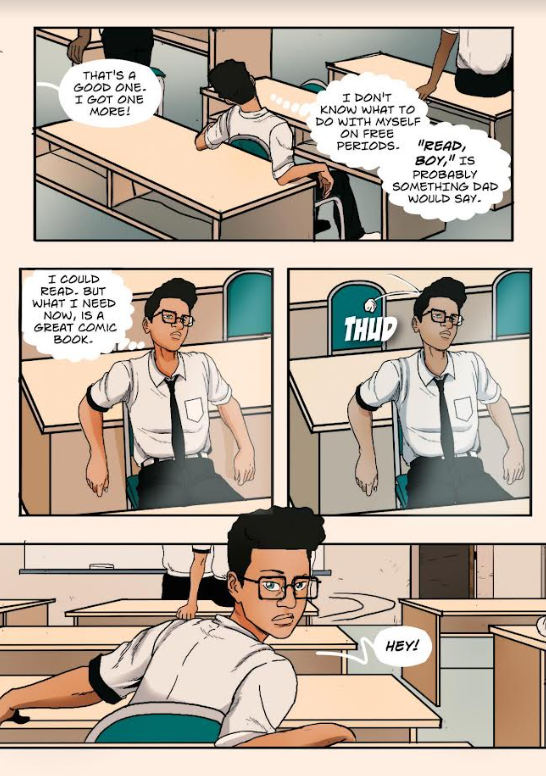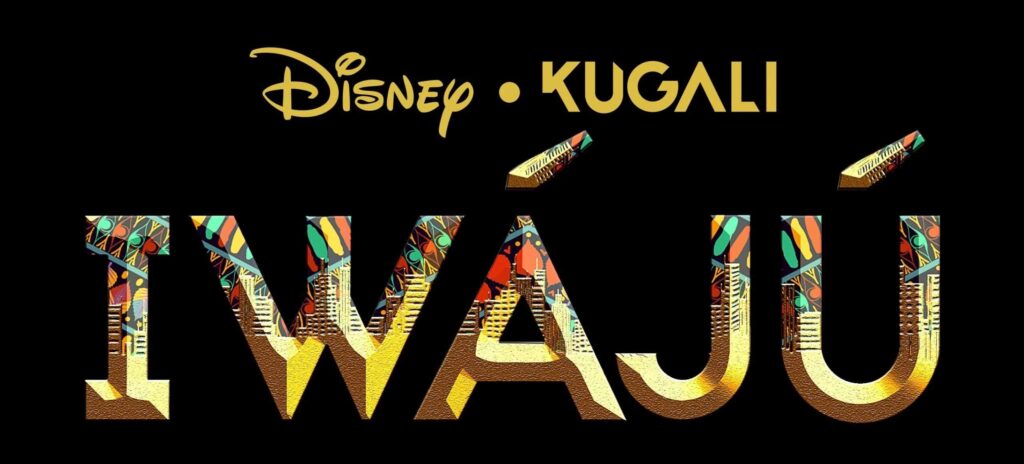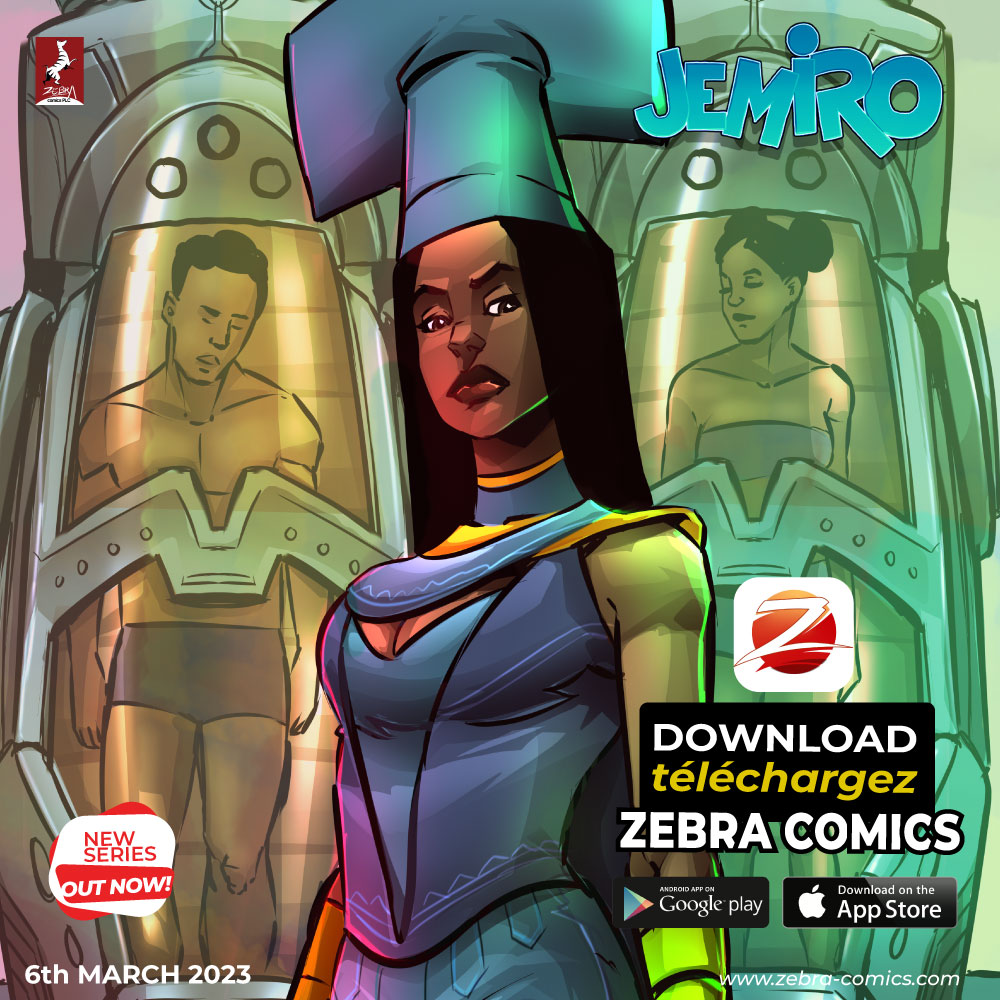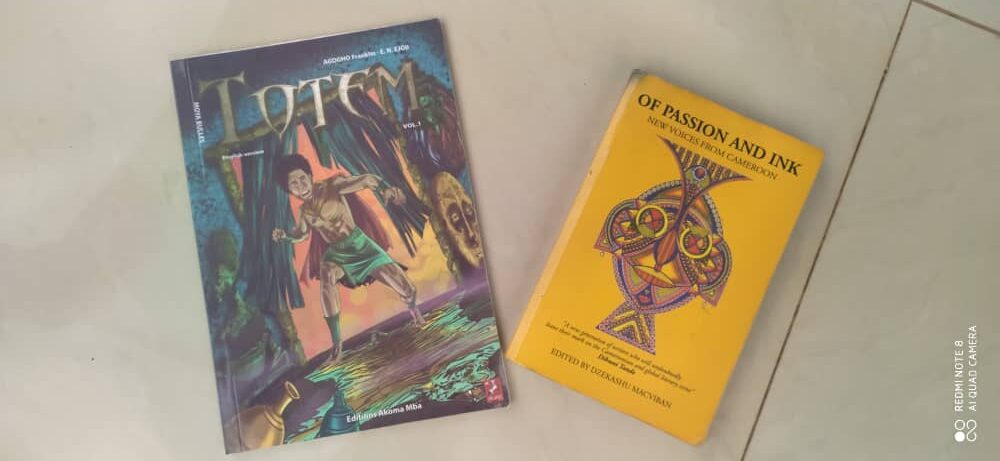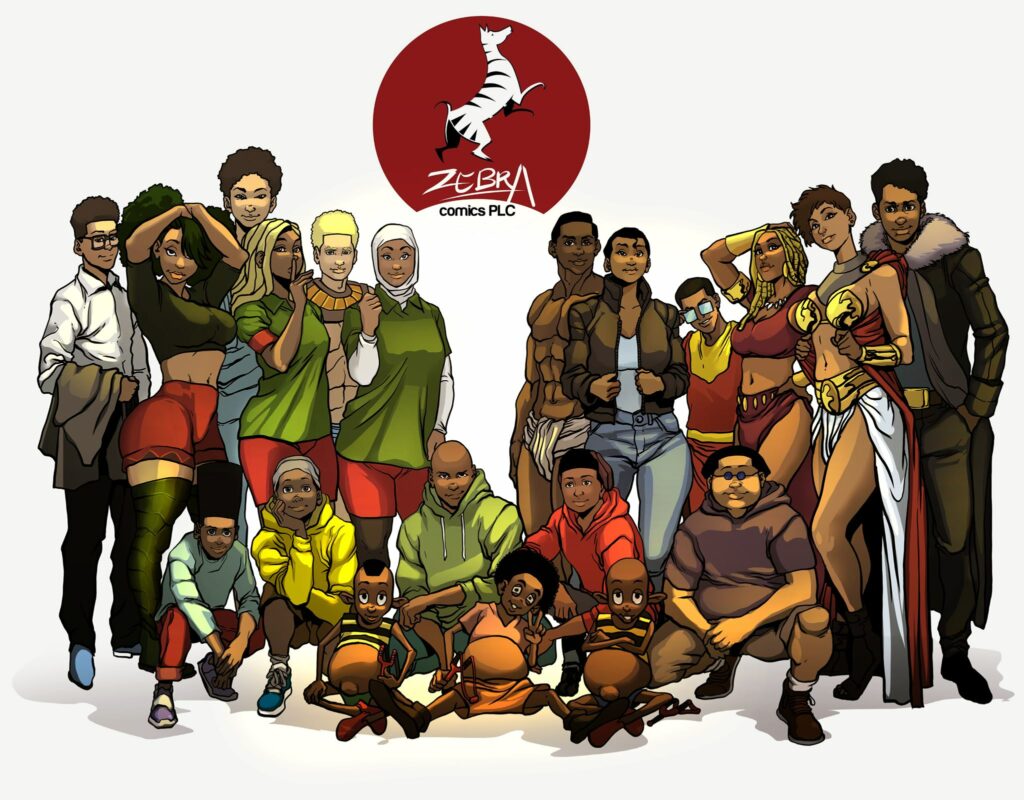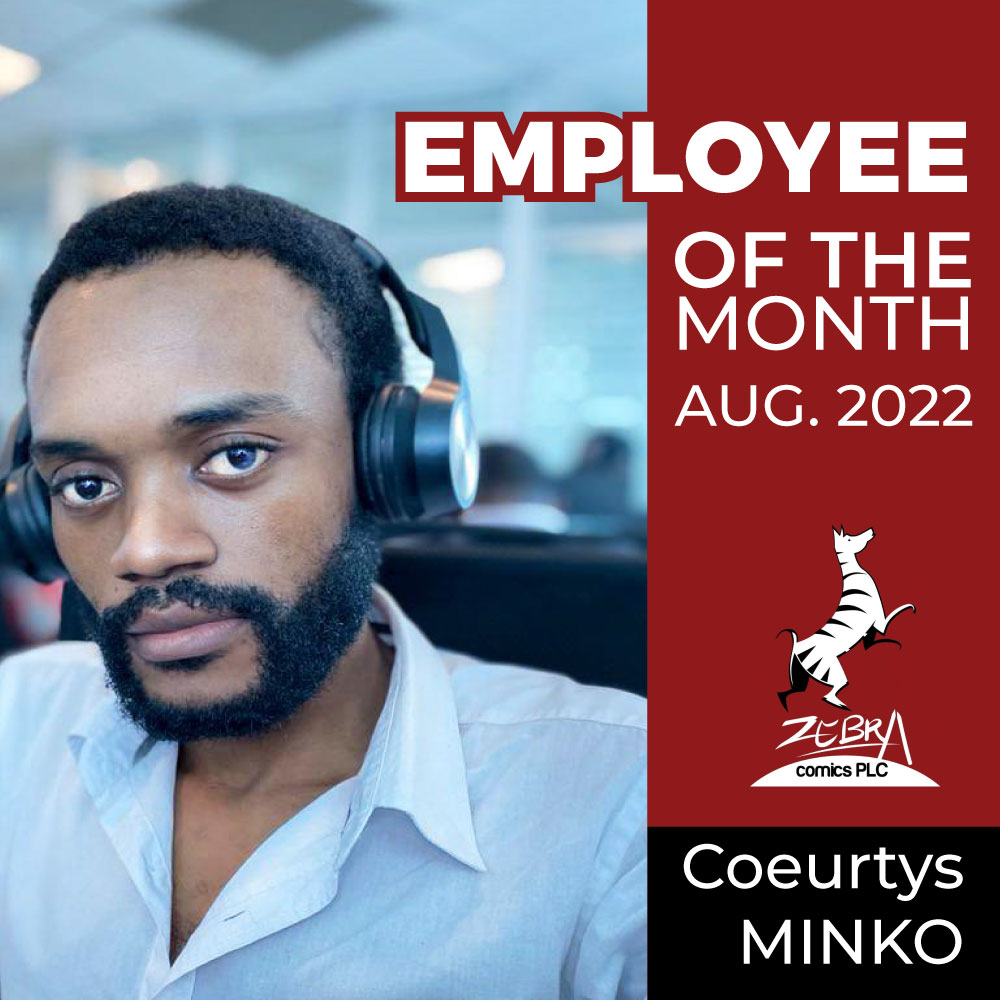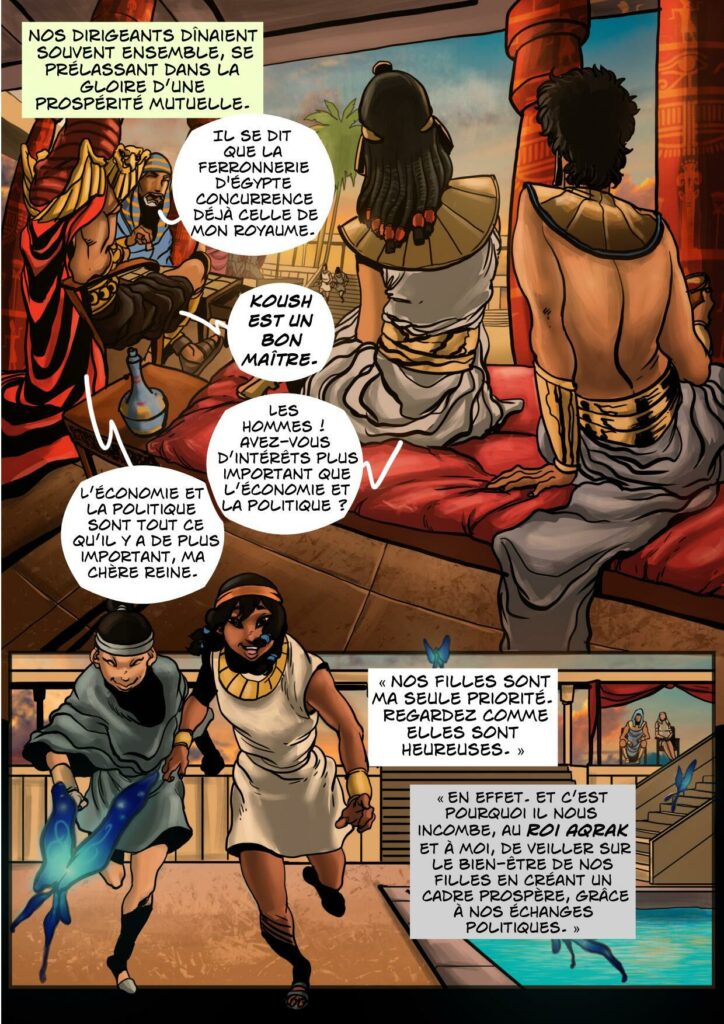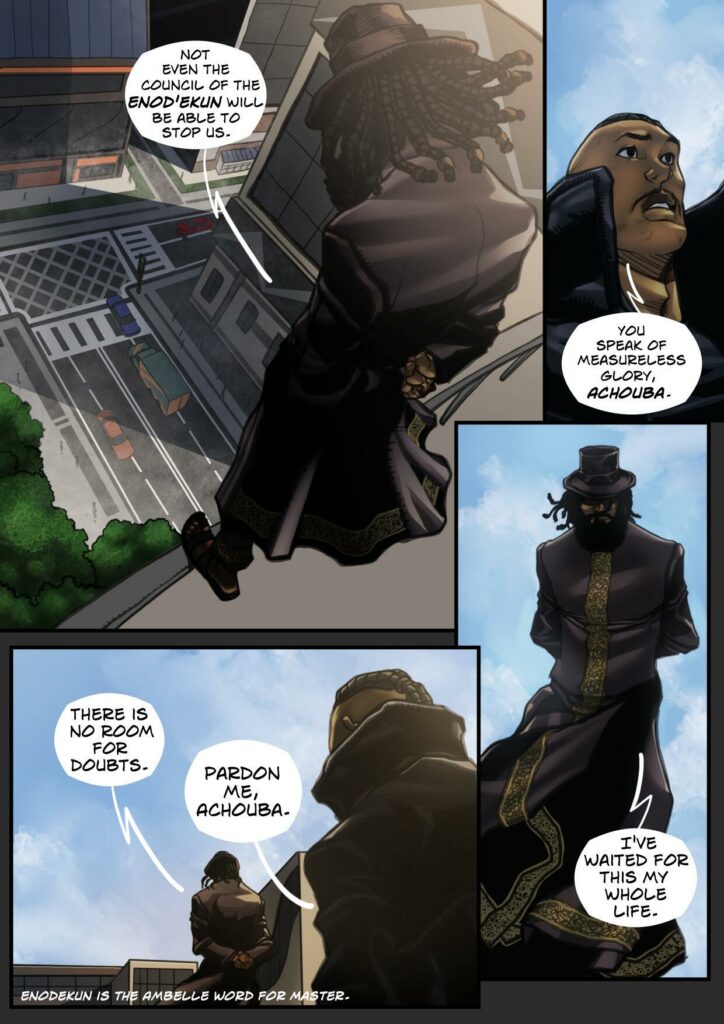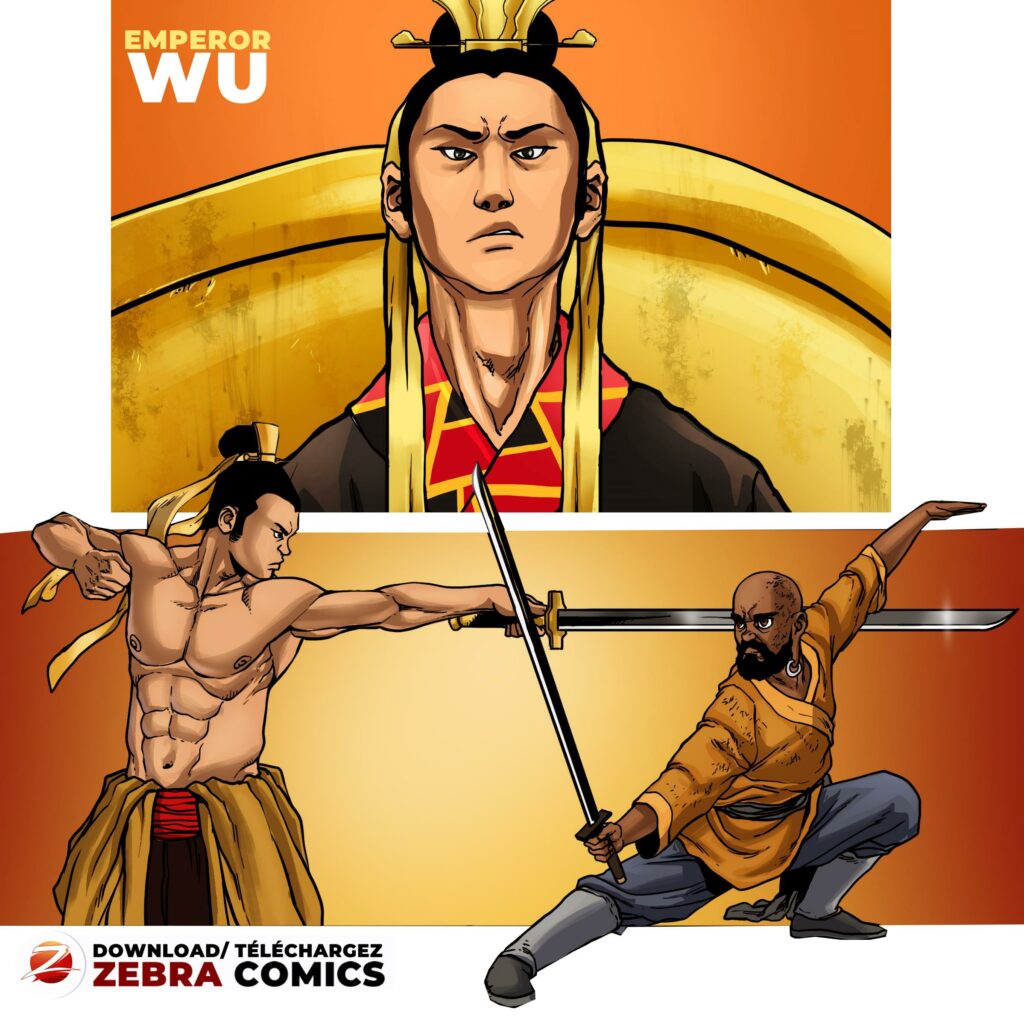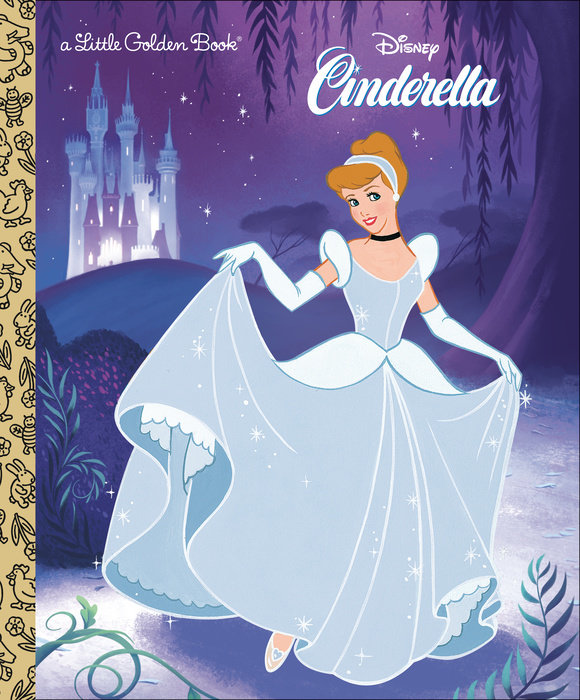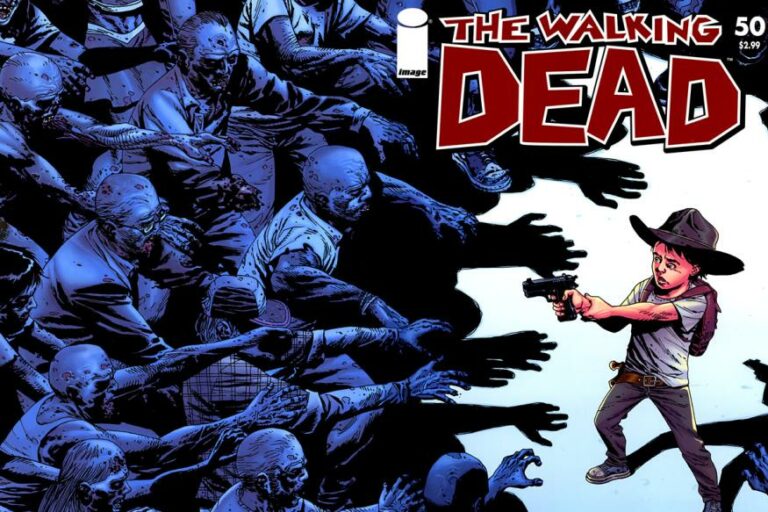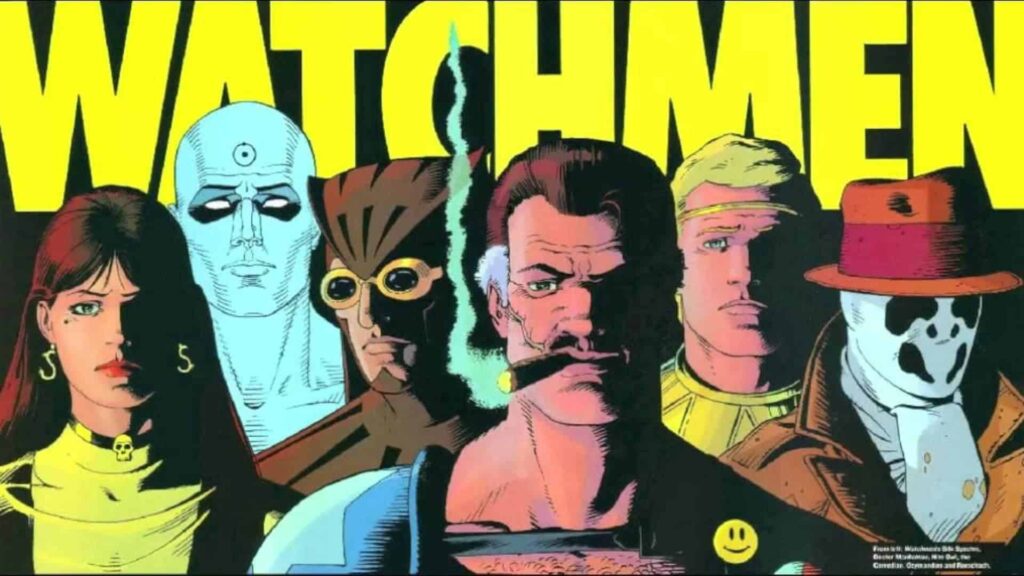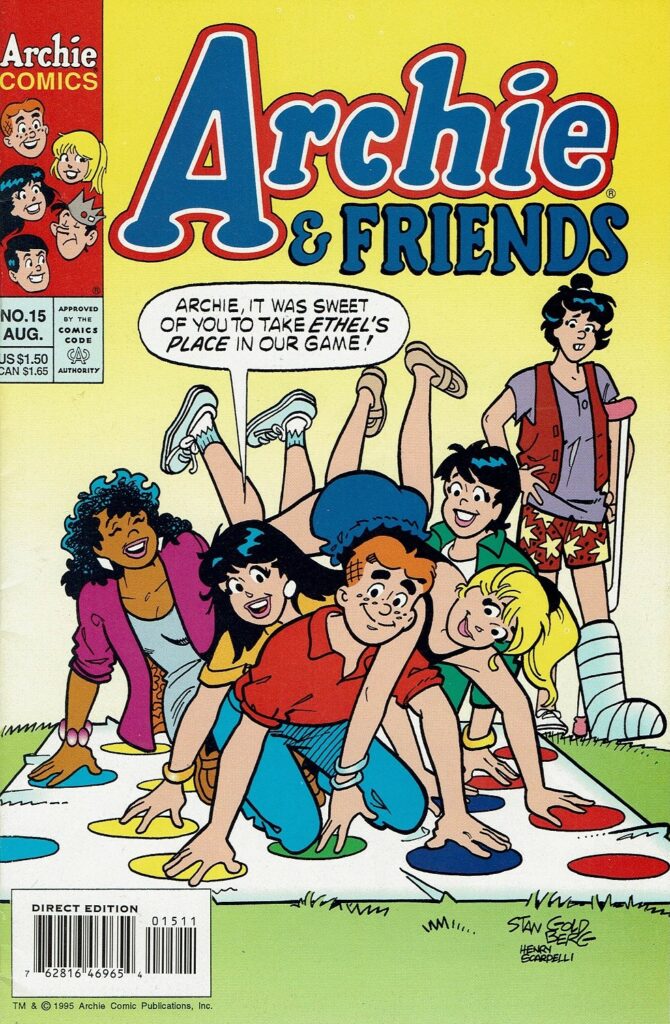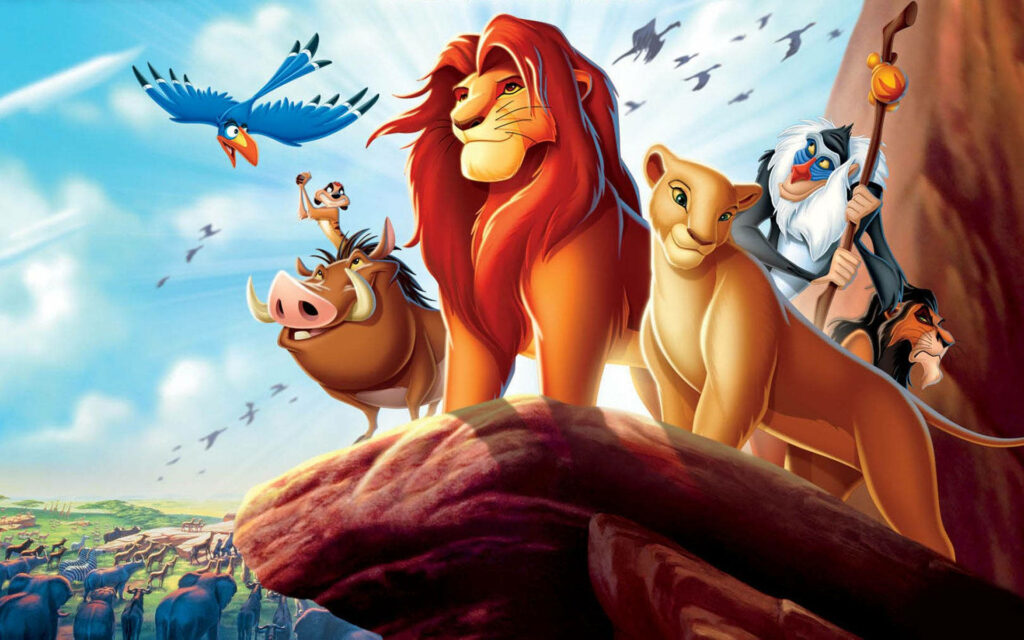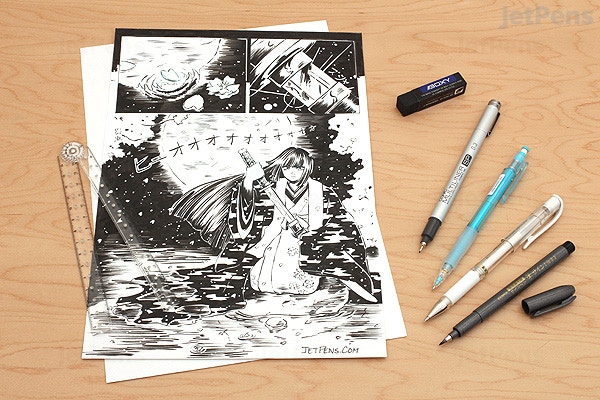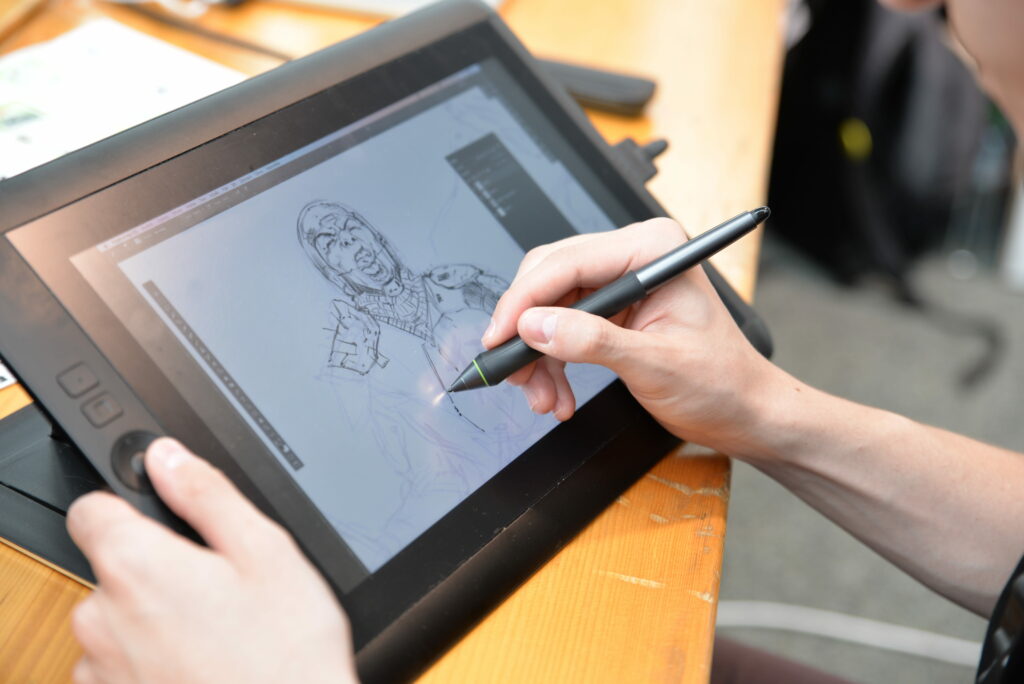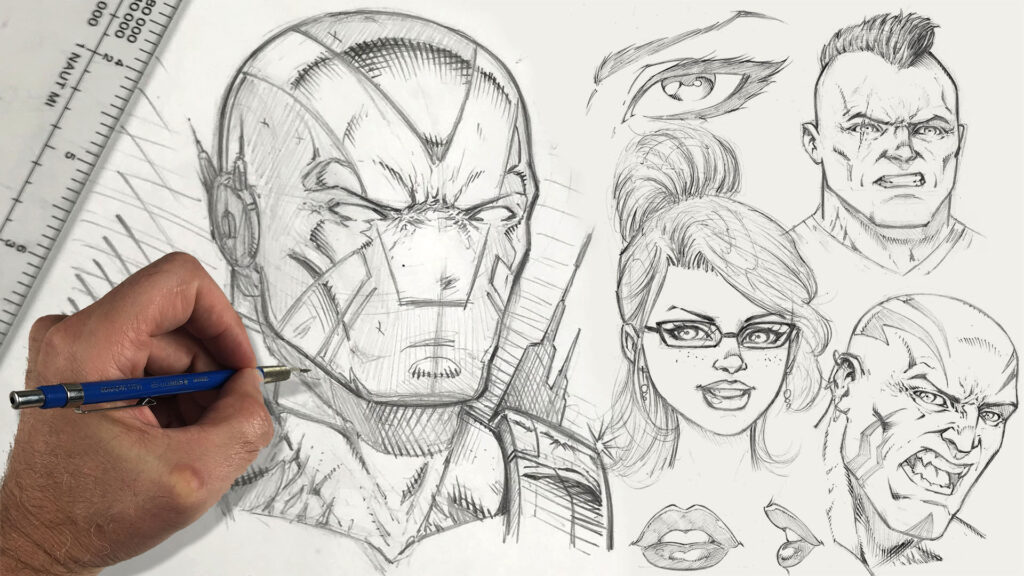Introduction
Zebra Comics is a digital platform that publishes African comics. The app was launched in 2022 and has since become one of the most popular platforms for African comics. In April 2023, the Zebra Comics app had over 60 thousand downloads and over 30 thousand active users less than 6 months after its release. The following are the five highest-read comics on the Zebra Comics app in the month of April 2023:
1. Kawana

Synopsis
Kawana, or Kauna, means “love” in Hausa. Ikei’s parents are constantly fighting, and she has never felt loved or supported by them. She has turned to relationships and material possessions to fill the void in her life, but these things have only brought her more pain. She is now at a crossroads, and she must decide whether she wants to continue down this destructive path or try to find true happiness.
Ikei’s story is a cautionary tale about the dangers of materialism and the importance of family. It is also a reminder that even the most privileged people can suffer from emotional pain. Kawana has been sitting at the top of the charts for over 3 months now!
Lessons
Kawana teaches readers about the importance of family love. It shows the importance of parental love and how the absence of it can destroy a family.
Credits
Kawana was written by Franklin Agogho, a Cameroonian author with several works under his belt such as the poetry anthology “Crossroad of Dreams” which he co-authored. He was also the pioneer laureate of the short story prize organized by Cameroon’s Ministry of Arts and Culture in 2016.
Concept: E.N. Ejob
Illustrations: Beti Ophélie
Colours: Achidi Ajaga
Cover art: Maitre Show
Lettering: Tamunjoh Azushi
2. City Blues

Synopsis
City Blues tells the story of Malika and Ade, a young university couple who face challenges and are divided by peer pressure and devious forces. Malika, a devout lover who stays focused and perseveres despite all the temptations around her, is pushed to the edge of compromise when something happens that threatens her reputation. Her problems interfere with her relationship with Ade as she struggles to resist the advances of rather…persistent admirers. It is not often easy to stay true to your values when life throws you curveballs, but Malika’s resolve is tested as she faces situations that challenge her values. It seems like no one is there to help her until Dijki comes into her life. But whether he is a sheep or a wolf remains to be seen.
Lessons
City Blues teaches readers about the importance of friendship, courage, and self-acceptance. It also brings out the ills of succumbing to peer pressure and the consequences it can result to.
Credits
City Blues was written by Cameroonian author, Ejob Nathanael Ejob. Despite his background in Law, EN Ejob now spends his time creating comic books of various genres. You can find other comic books by his hand on the Zebra Comics mobile app or website.
Illustrations: Maitre Show
Colours: Achidi Ajaga
Lettering: Tamunjoh Azushi
3. Anaki

Synopsis
Anaki is an Afrofuturistic comic book series about a witch tortured by the past of her forebears and hunted by a powerful religious inquisition. An ambitious project which brings you a piece of African Sci-Fi, Fantasy and Afrofuturism in ways which you haven’t seen before.
The union between randy gods and human women gives rise to the Balemba-kids with special gifts. The last of them, Anaki, struggles to survive in the face of the deadly Inquisition tasked with wiping out all evidence of the gods’ descendants.
Anaki is a powerful witch, but she is also a young woman who is trying to find her place in the world. She is haunted by the memories of her ancestors, who were killed by the Inquisition. She is also struggling to control her powers, which are often unpredictable and dangerous.
Anaki is a complex and compelling character, and her story is one of hope, resilience, and the power of the human spirit.
Special Features:
- A powerful and original story about a young witch who is trying to find her place in the world.
- Stunning artwork that brings the world of Anaki to life.
- A unique blend of African Sci-Fi, Fantasy, and Afrofuturism.
- A must-read for fans of science fiction and fantasy.
Lessons
Anaki teaches us about survival, resilience, and never giving up. The protagonist’s resolve and struggles teach us that although the journey may be tough, there’s hope at the end if we keep fighting.
Credits
Anaki is another piece from Ejob Nathanael Ejob. Anaki has seen three successful Kickstarter campaigns. All credits including writing, illustration, colouring and lettering to E.N. Ejob. You can also find it on the Zebra Comics mobile app and website.
4. Kush

Synopsis
Once in the kingdom of Kush, arose a Queen called Amanirenas. After facing great personal loss, and with the empire of Rome constantly seeking to conquer her realm, Amanirenas had to become more than just a queen. She had to become a warrior. This story is largely based on real events.
She grew up as royalty in the Kingdom of Kush. As a kid, Amani became a favourite of the gods, especially Sobek, the crocodile god of the Nile. But that did not stop certain forces in the dark from trying to usurp her position as the next Kandake (Queen) of Kush. Despite having Sobek on her side, it is not enough to counter the deep political machinations that move against her.
In this pit of turmoil, she must either solicit the help of an enemy in Kemet (Egypt) or face the crushing forces coming against her alone. She must become the Queen that Kush needs to survive.
Lessons
Kush is a story of courage, determination, and the power of faith. It is a story about a young woman who must overcome all odds to save her kingdom. It is a story that will inspire readers of all ages.
Credits
Yet another piece by E.N. Ejob. However, there were other creatives who contributed their talents to bring this story to life.
Illustrations: Maitre Show
Colours: Coeurtys Minko
Lettering: Tamunjoh Azushi
5. The Pharmacist

One of the surprises in the month of April was The Pharmacist which falls under the category Slice of Life. The Slice of Life category in the Zebra Comics digital platform contains very short thought-provoking tales. It can be likened to flash fiction in written storytelling.
“The Pharmacist”, is a hilarious short comic book that will have you in stitches with its comedic take on a young man’s pursuit of love. Meet Suyru, a penniless guy who encounters a major problem – a serious case of diarrhoea. In desperate need of medication, he heads to the neighbourhood pharmacy and meets the stunning pharmacist. Unfortunately for him, his quest for love is complicated by his ongoing stomach issues.
“The Pharmacist” is a short, lighthearted comedy that will take you on a journey filled with laughter and mishaps. Watch as Suyru tries his best to impress the pharmacist and win her heart, all while battling the unpredictable nature of his gastrointestinal system. This hilarious tale of love and digestive issues will leave you cheering for Suyru and his never-ending pursuit of happiness.
Lessons
The pharmacy teaches us to choose our timing carefully. If you know what I mean.
Credits
The Pharmacist was written by Cameroonian author and translator, Njoka Marvin. He has written other literary works such as “A Dame for Three and Other Short Stories”, which he co-authored with An Nina (AKA Athena) under the pseudonym Nsai Shiyki. You can find other comic books by his hand on the Zebra Comics mobile app or website.
Illustrations: Alone Legend
Colours: Coeurtys Minko
Lettering: Tamunjoh Azushi
Conclusion
The five comics mentioned above are just a few examples of the many great African comics that are available on the Zebra Comics mobile app and website. If you are looking for a fun and engaging read, I highly recommend checking out some of these comics.











